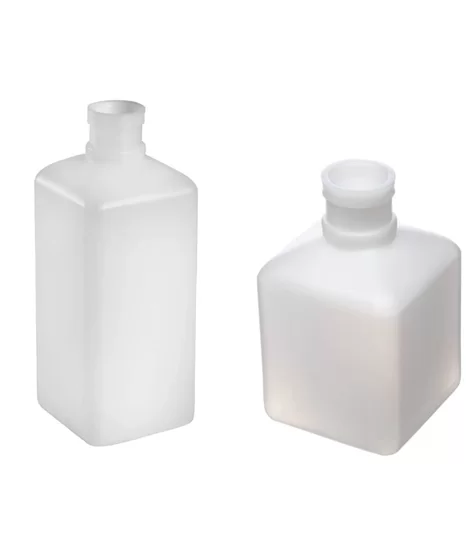
High-Density Polyethylene (HDPE) bottles have revolutionized the packaging industry with their unmatched durability, safety, and environmental friendliness. Widely recognized for their versatility, these bottles serve a multitude of industries, from food and beverage to pharmaceuticals and personal care. This article delves into five critical facts about HDPE bottles, shedding light on why they are a preferred choice for sustainable and reliable packaging solutions.
1. Material Composition and Properties
Understanding HDPE
HDPE is a petroleum-based thermoplastic polymer known for its high strength-to-density ratio. This characteristic makes HDPE bottles incredibly strong and resistant to impact, chemicals, and moisture, ensuring the safety and integrity of the contents they hold.
Durability and Resistance
One of the standout features of HDPE is its resilience under various environmental conditions. These bottles can withstand UV radiation, temperature extremes, and rough handling, making them an ideal choice for products that require long shelf lives and exposure to diverse conditions.

Square HDPE Bottles
2. Environmental Impact and Recyclability
Commitment to Sustainability
HDPE bottles are at the forefront of eco-friendly packaging solutions. Their high recyclability means they can be repurposed multiple times, reducing the need for virgin materials and minimizing waste in landfills.
Lifecycle and Efficiency
The lifecycle of an HDPE bottle, from production to recycling, is optimized for minimal environmental impact. The energy-efficient manufacturing process, combined with the material’s lightweight nature, leads to lower transportation costs and emissions, further enhancing its sustainability profile.
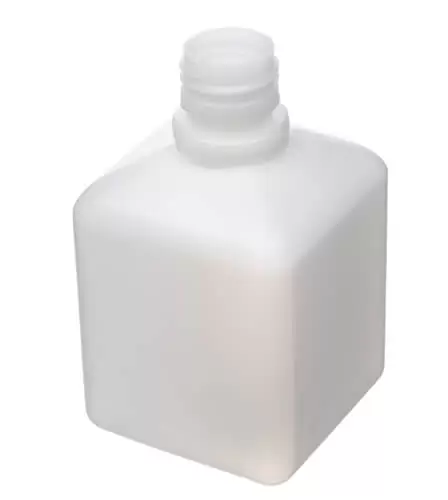
Square 250ml 28mm
3. Versatility in Applications
Across Industries
The chemical resistance and safety of HDPE make it suitable for a wide range of applications. Whether it’s for storing acidic cleaning products or preserving the freshness of beverages, HDPE bottles offer a reliable packaging solution that meets various industry standards.
Customization and Design
HDPE’s flexibility in molding allows for a plethora of designs, shapes, and sizes, catering to specific product requirements and consumer preferences. This adaptability not only meets functional needs but also aids in branding and product differentiation.
4. Safety and Regulatory Compliance
Food-Safe and Non-Leaching
Safety is paramount in packaging, and HDPE bottles excel in this regard. They are inherently food-safe and do not leach chemicals into their contents, making them ideal for food and beverage packaging.
Adherence to Standards
HDPE bottles comply with stringent global regulatory standards, ensuring they meet the highest safety and quality requirements. This compliance reassures manufacturers and consumers about the suitability of HDPE for packaging sensitive products.
5. Innovations and Future Trends
Advancements in Technology
The HDPE industry is continuously evolving, with innovations aimed at enhancing bottle performance and environmental sustainability. Developments in biodegradability and barrier properties are expanding the applications of HDPE bottles, making them even more versatile.
Towards a Greener Future
Future trends in HDPE bottle production focus on reducing environmental impact through smarter, more sustainable manufacturing techniques. These advancements promise to keep HDPE bottles at the forefront of eco-friendly packaging solutions.
Conclusion
HDPE bottles represent a pinnacle in packaging solutions, offering a perfect blend of durability, safety, versatility, and environmental sustainability. As the industry continues to innovate, the potential of HDPE bottles will undoubtedly expand, further solidifying their role in a greener, more sustainable future.

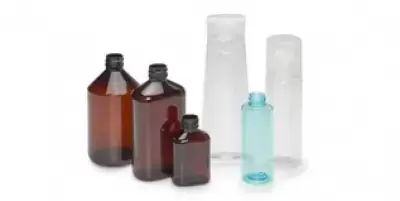 PET Bottles for Cosmetics
PET Bottles for Cosmetics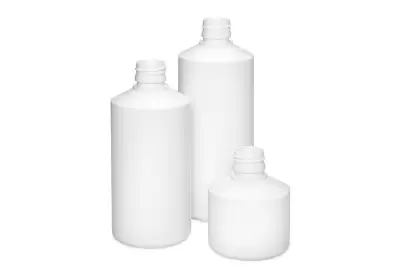 Medical Syrup Bottles
Medical Syrup Bottles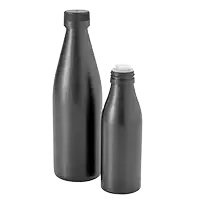 Spill Proof Bottles for Oil
Spill Proof Bottles for Oil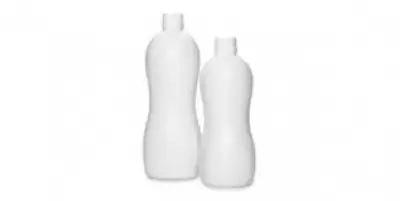 Bottles for pharma liquids
Bottles for pharma liquids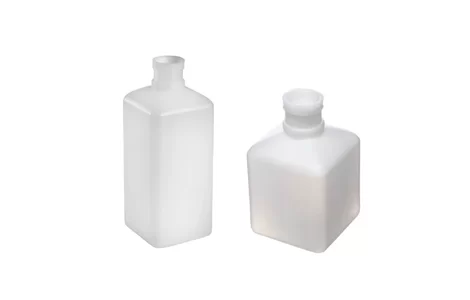 Square HDPE Bottles
Square HDPE Bottles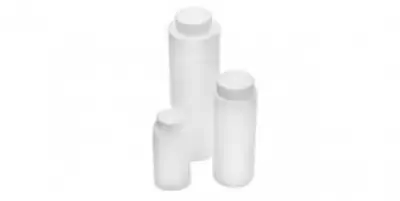 Powder Bottles
Powder Bottles Ice Pack (Cooling Element)
Ice Pack (Cooling Element)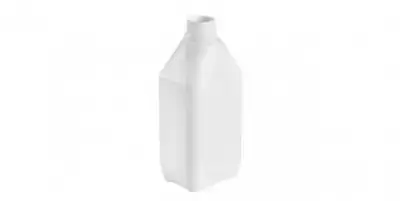 Rectangular Bottles
Rectangular Bottles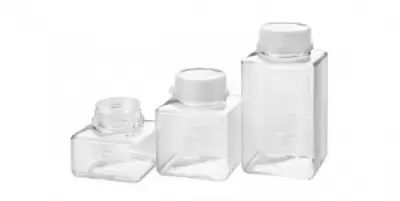 Water Sampling Bottles
Water Sampling Bottles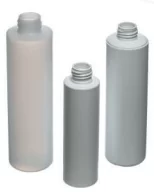 PE Bottles for Cosmetics
PE Bottles for Cosmetics Drosophila Bottle
Drosophila Bottle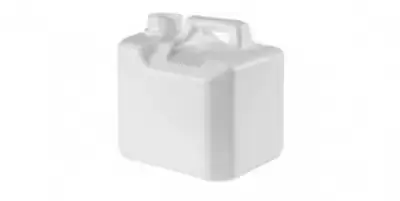 Plastic Jerry cans and carboys
Plastic Jerry cans and carboys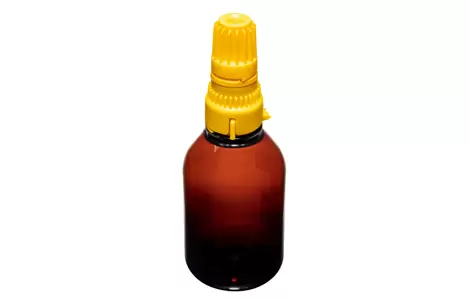 PEN BOTTLES & ADAPTORS FOR SEVOFLURAN
PEN BOTTLES & ADAPTORS FOR SEVOFLURAN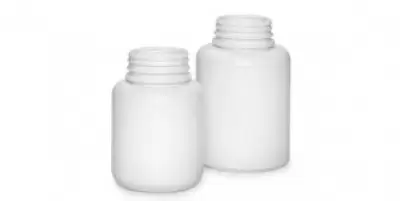 Food Supplement Jars
Food Supplement Jars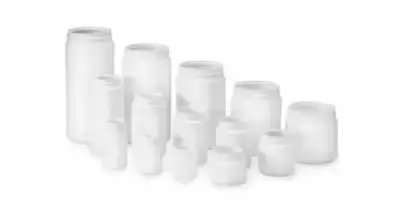 Cylindrical Jars with Hinged Lid
Cylindrical Jars with Hinged Lid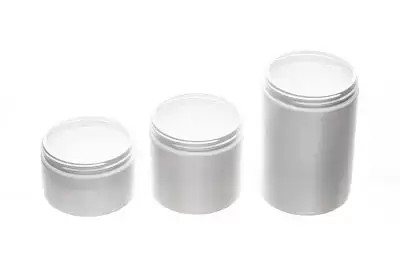 Cylindrical Jars with Screw Caps
Cylindrical Jars with Screw Caps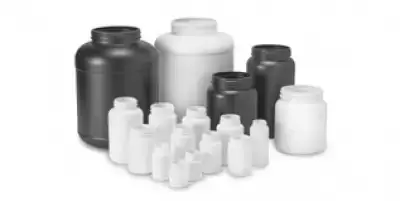 Wide Mouth Plastic Jars
Wide Mouth Plastic Jars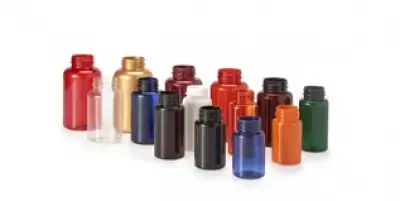 PET Pill Jars
PET Pill Jars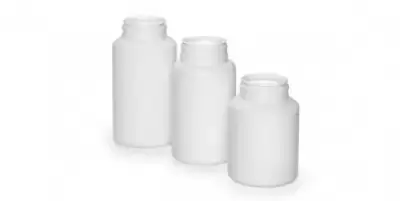 HDPE Packers with Hinged Lid
HDPE Packers with Hinged Lid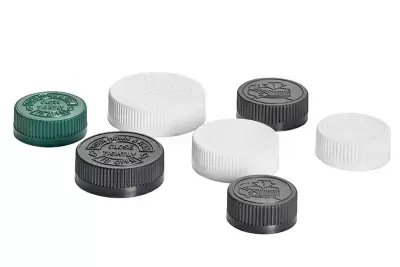 Child Resistant Closures (CRC)
Child Resistant Closures (CRC)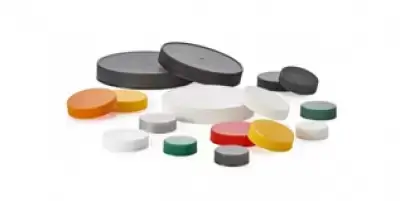 CT Plastic Screw Caps
CT Plastic Screw Caps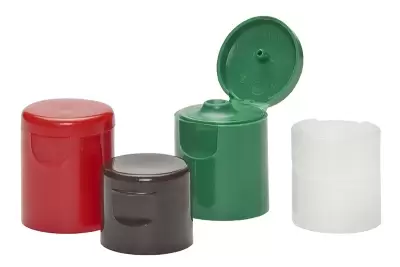 Disc Top and Flip Top Closures
Disc Top and Flip Top Closures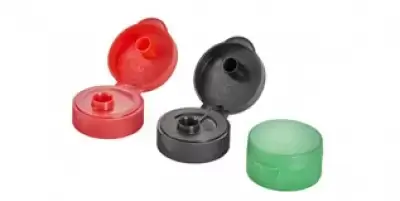 Flip Top Closures
Flip Top Closures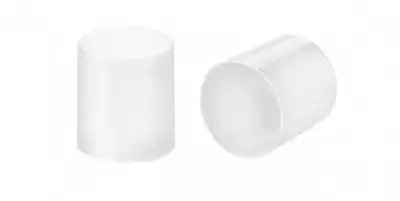 Over cap for Cosmetic Bottles
Over cap for Cosmetic Bottles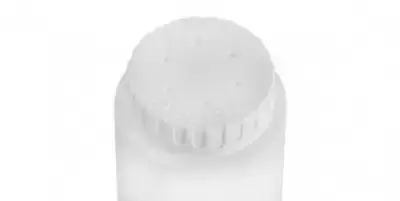 Powder Dispensing Cap
Powder Dispensing Cap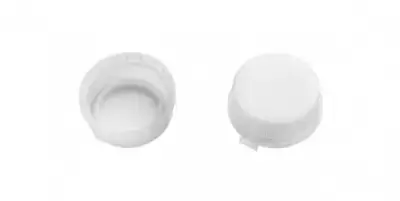 Cap for Water Sampling Bottles
Cap for Water Sampling Bottles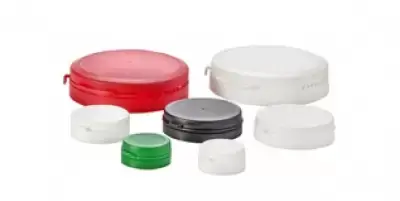 Tamper Evident Hinged Caps
Tamper Evident Hinged Caps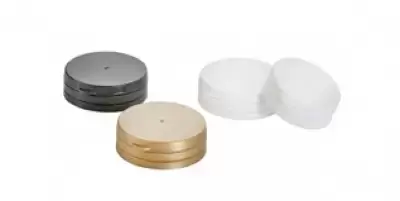 Hinged Caps with Liner
Hinged Caps with Liner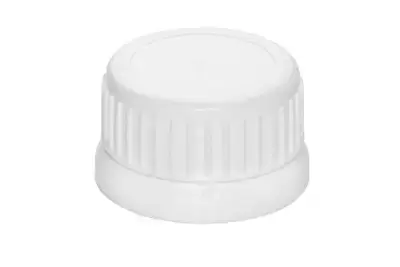 Tamper Evident Screw Cap, 38mm
Tamper Evident Screw Cap, 38mm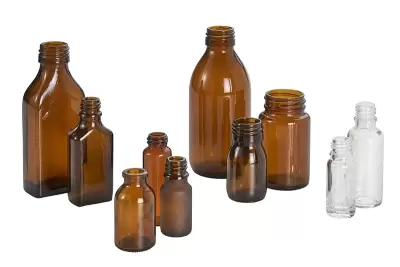 Pharma Glass Bottles & Jars
Pharma Glass Bottles & Jars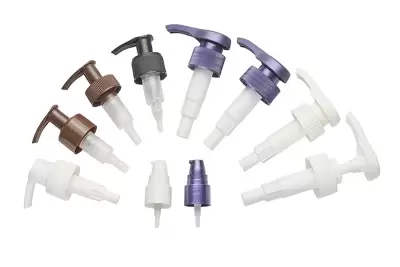 Pharma Lotion Pumps
Pharma Lotion Pumps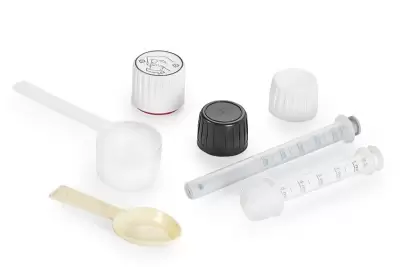 Measuring Cups & Spoons
Measuring Cups & Spoons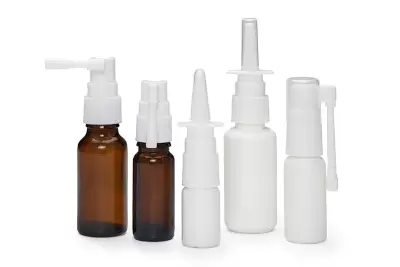 Pharmaceutical Sprayer Pumps
Pharmaceutical Sprayer Pumps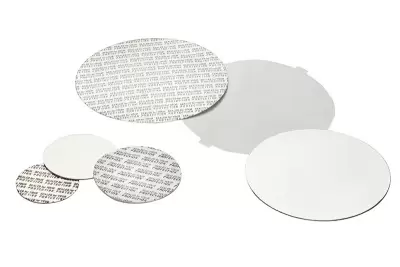 Cap Liners
Cap Liners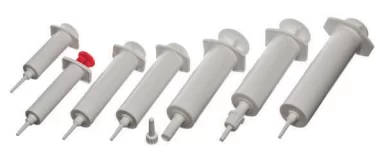 Syringes
Syringes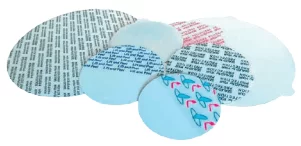 Liners
Liners





